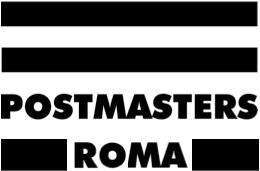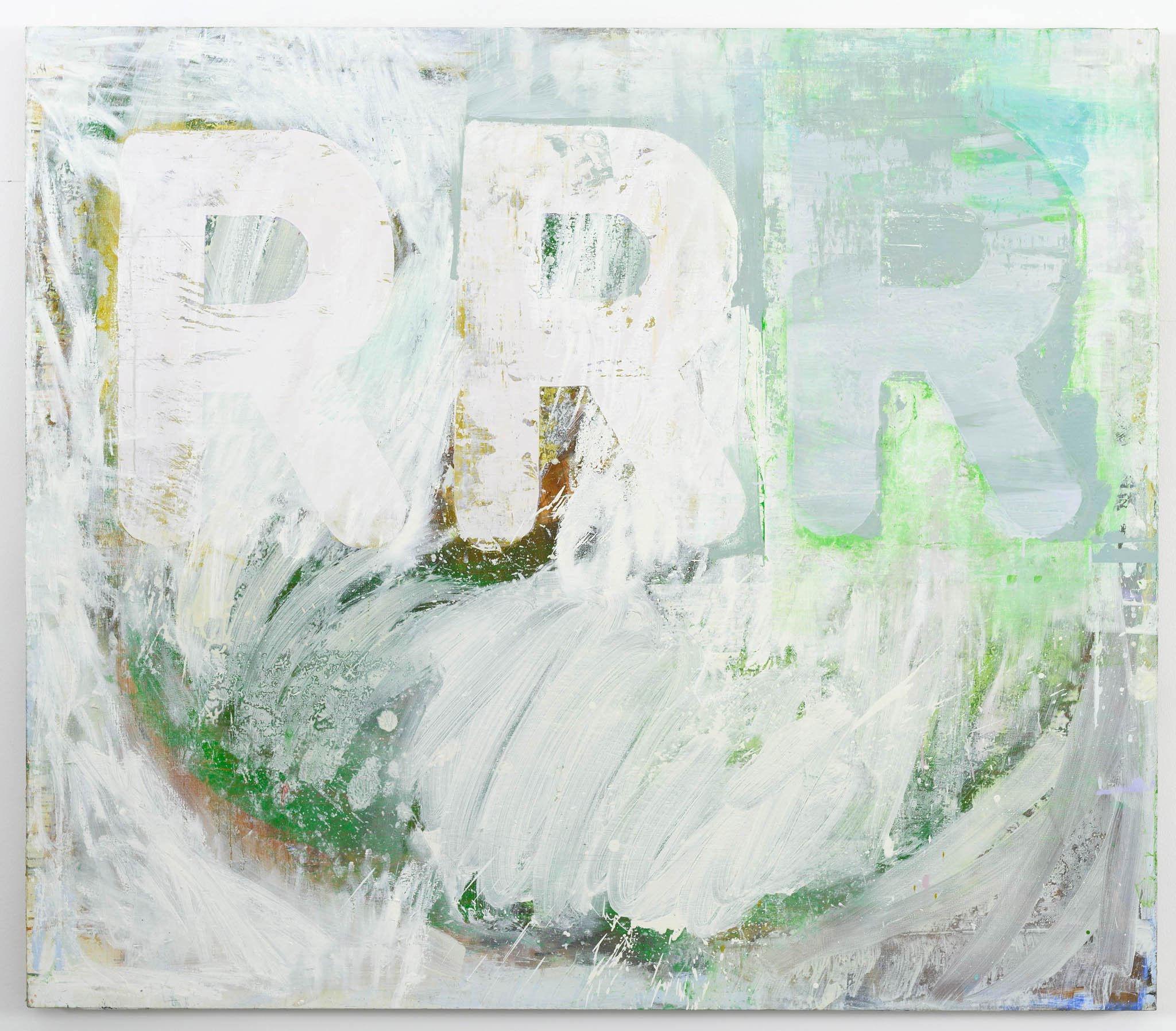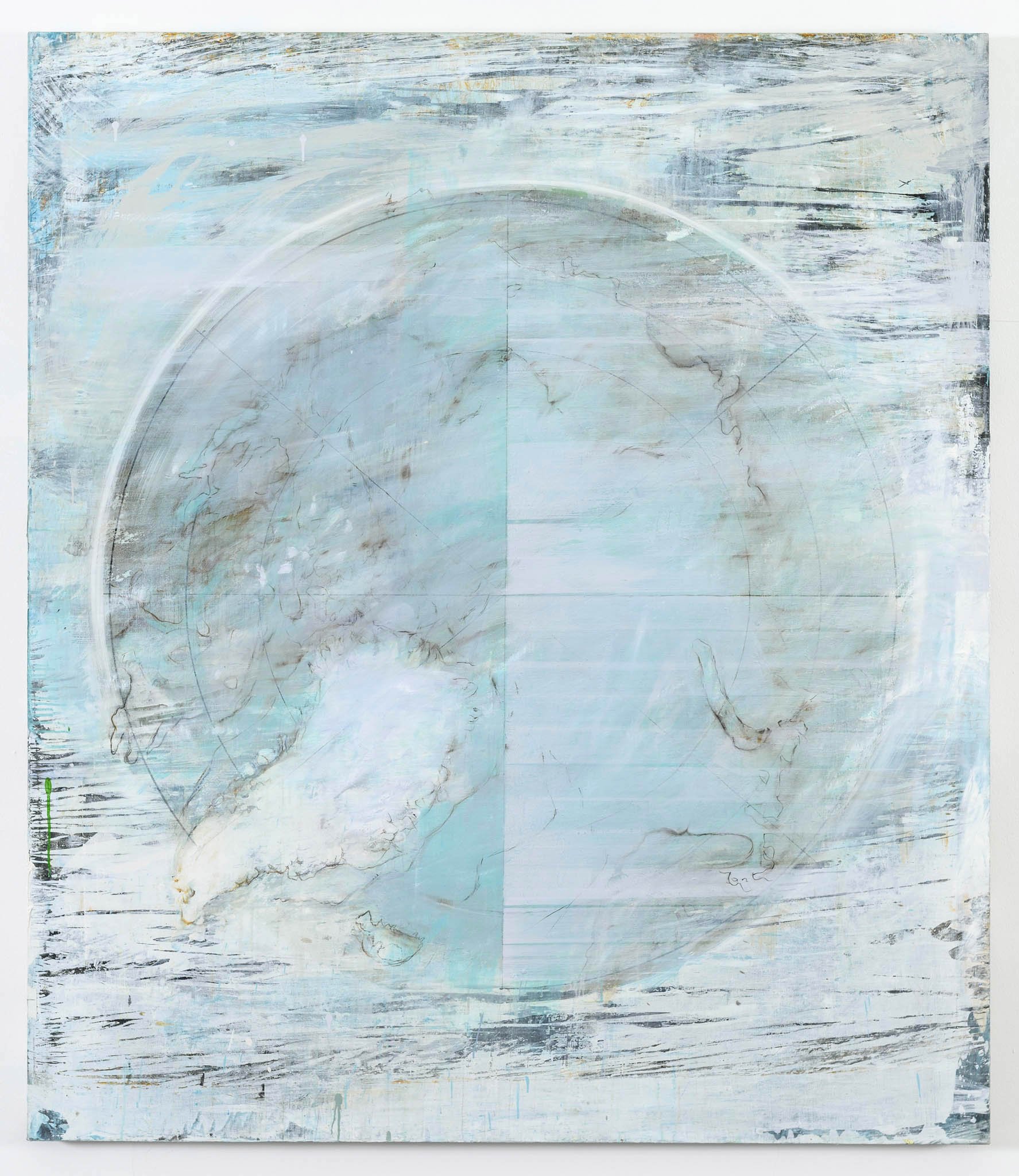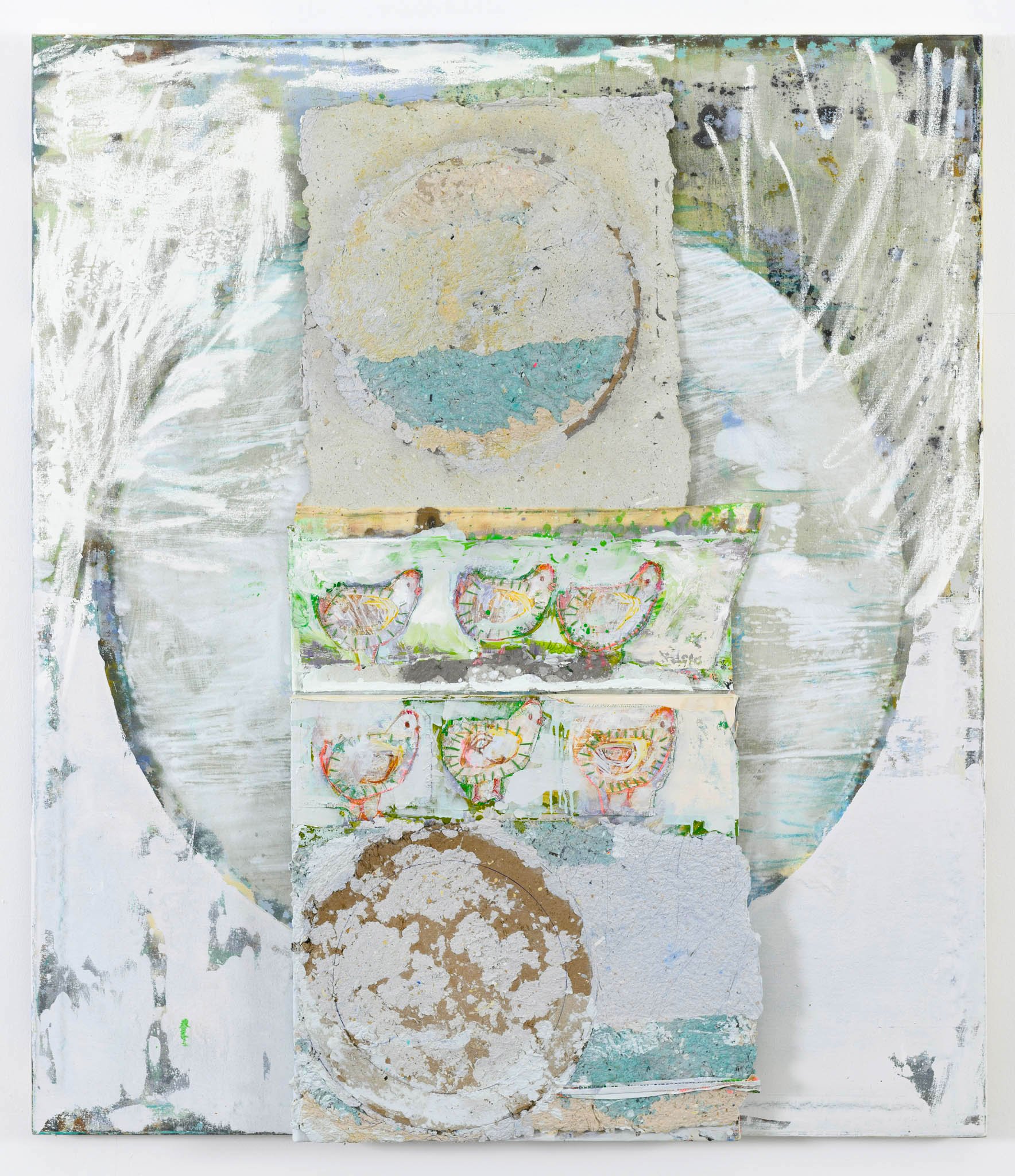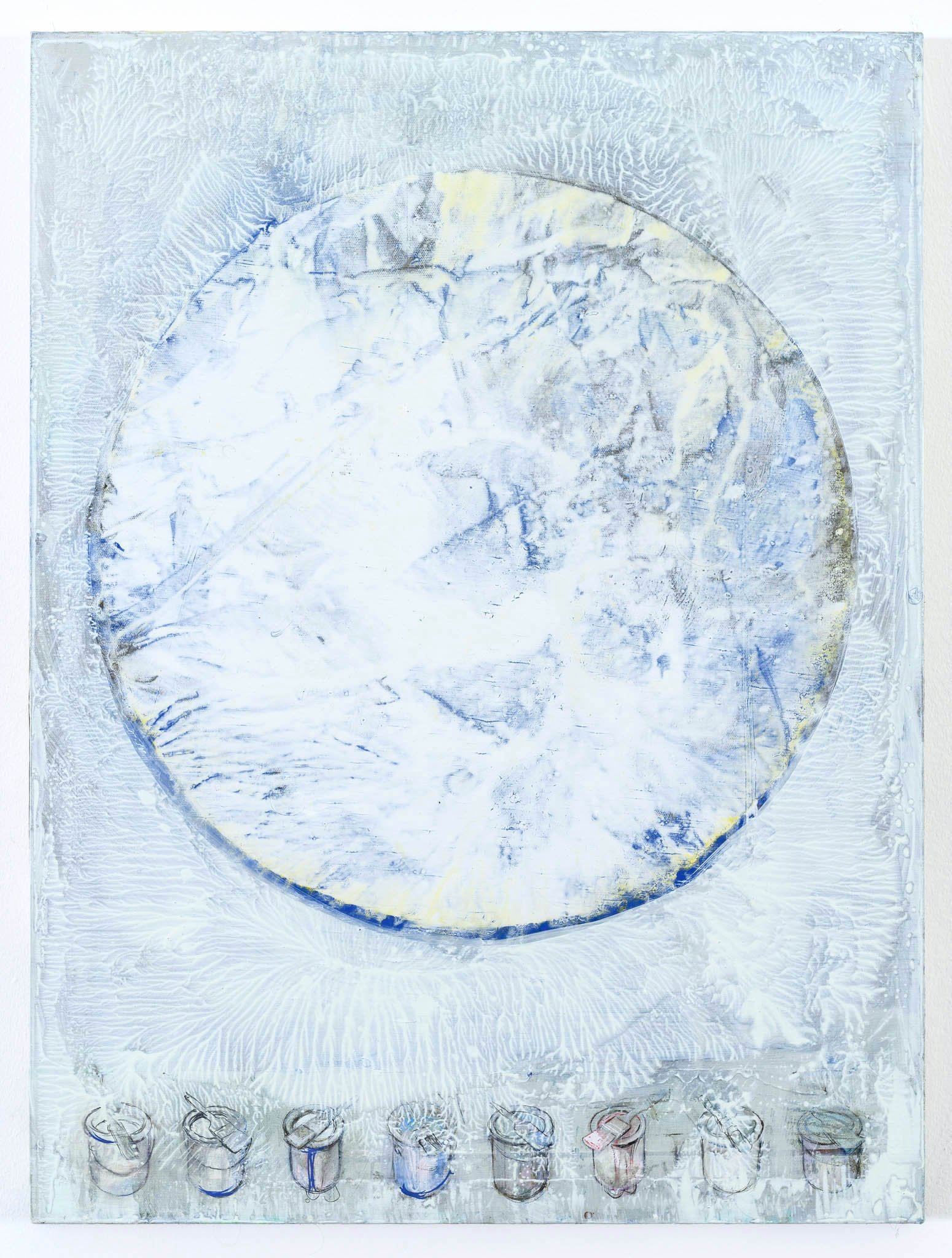RADEK SZLAGA
Diaspo⟨r⟩a
October 7 – November 20, 2021
Of Polish origins, the painter and sculptor, Radek Szlaga, born in 1979, is as eclectic and sophisticated as he is formidable and expressive. He defines himself an omniscient portrayer of stories that narrate both a new and more recent generation that emerges from the ruins of ancient conflicts, and identity-related evolutions that are tied to contexts such as modernism, structuralism, colonialism and rock culture, with all its nuances. Torn between the anthropological need for mythical narratives and the disruptive forces of contemporary aesthetic codes, Szlaga developed a hyper-textual, sometimes grotesque language, aimed at questioning the relationship between the traditional means of painting and all other possibilities that derive from digital media. His masterful paintings are characterized by a free style, personalized by a bold use of colors and a sophisticated primodialization and hyperbolic simplification of form, mixing heterogeneous styles and themes in a perpetual universe in which anything can happen.
In his works, he often refers to the philosophical thought of Jean Baudrillard, who targets the phenomenon of consumerism and the different ways in which goods are actually consumed, as well as the shamanic thought set in a “non-ordinary reality” of the empirical Carlos Castaneda and the ultraist tales devoted to “magic realism” of Jorge Luis Borges. Each one of these realms of investigation is deepened by a certain type of historical research, always thorough and well thought out, in a setting that ranges from America to Eastern Europe, which the artist explores both from the introspective extraction of his own memories, even the most hidden ones, and from dreams he experienced in a privileged moment of self-analysis.
Szlaga describes his pictorial approach as “a way of thinking”, implying a constant reconsideration and a real act of “removal” of stratified traditions and history through a selective process of recycled images, either newly found or archived. He often literally “cuts and pastes” these images while transferring fragments from one canvas to another. The exploration of identity and of the boundary between reality and its simulation resides at the center of such a masterful visual patchwork, which Radek Szlaga delicately gifts us with. In a cynical world, strongly characterized by certain elements making it endemic and complex, the artist boldly depicts the constant battle between good and evil, between the center and the periphery, in which various cultural models converge, entangling themselves on the canvas. This finally becomes the ultimate setting, as such models are subject to new, further processing and transformation, to create a new language of painting in which narratives and live relationships between art, information and knowledge acquire new meaning, creating unexpected aesthetic neologisms.
In Radek Szlaga’s last series of works, of a linguistic-cognitive nature and enhanced three-dimensional depth, we are told stories and given the news that is spread by the constant dissemination of the so-called traditional media, through the boasts of restless travelers and drunken wanderers, undisputed protagonists of a proscenium called “Diaspora”. Here, the disorder in hierarchy of sources is closely related to painting techniques. When Szlaga “builds” a new canvas, he uses previous works as a starting point. Therefore, we find ourselves in front of images temporally differing from one another, but thematically or formally destined to create a new, multi-layered and unique chorus, always and continuously conferring new and further meaning to all constituting elements, thus creating an atlas of signs and elements, perpetually written and rewritten.
In the end, Szlaga deems particularly important and decisive the issue of disintegration linked to the concept of universalism, since it can create states of alienation, loneliness and bewilderment. All of these are then mediated by the infamous “screen”, during a historical moment of great dispersion of people around the world, subsequent to them leaving their native places and causing a significant global fragmentation, already diasporic in itself.
*
Radek Szlaga b. 1979 is a graduate of the University of Arts in Poznań (Ph.D). Szlaga’s primary media are painting, drawing, sculpture and installation.
Szlaga has presented his works at: KUMU (Tallinn), NEST (Den Haag), Zachęta — National Gallery of Art (Warsaw), Museum Jerke, (Recklinghausen), CCA Ujazdowski Castle (Warsaw), Württembergischer Kunstverein (Stuttgart), National Museum in Poznań, Foksal Gallery (Warsaw), Galerist (Istanbul), Postmasters Gallery (NYC), Pioneer Works (NYC) National Art Museum of China (Beijing), Trinosophes (Detroit), Performa 13 (NYC), Contemporary Art Centre (Vilnius), National Museum in Szczecin, Museum Jerke (Recklinghausen).
Works are held in the following collections: Société Générale Collection Paris, European Central Bank Art Collection Frankfurt am Main, The ING Polish Art Foundation Collection Warsaw, CCA Ujazdowski Castle Warsaw, Museum Jerke Recklinghausen, Osman Djajadisastra Collection Germany, National Museum in Poznan, National Museum Gdansk.
